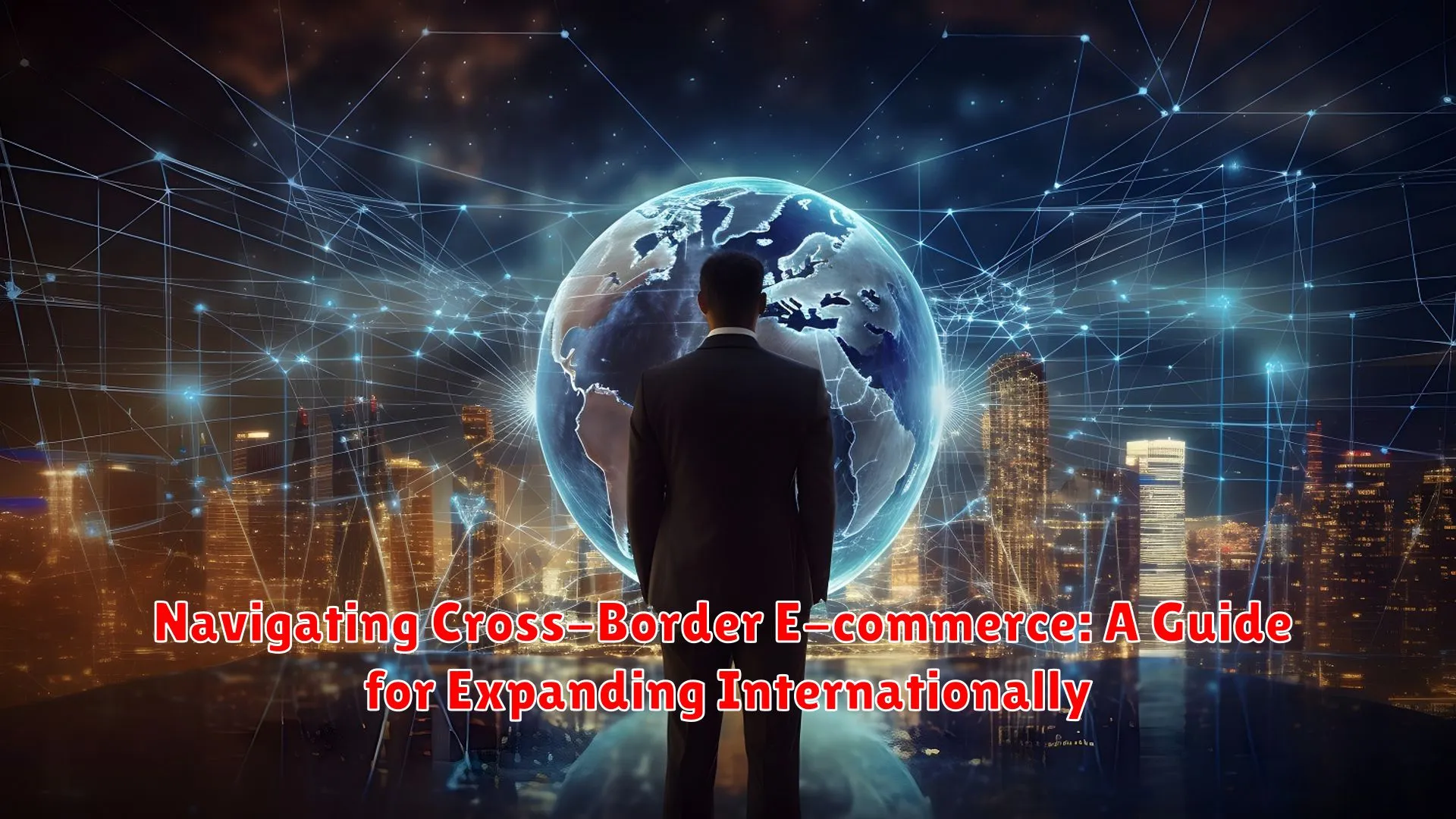Embark on a journey through the world of cross-border e-commerce with our comprehensive guide on expanding your business internationally. Discover key strategies and tips to navigate the complexities of selling goods across borders successfully.
Introduction to Cross-Border E-commerce
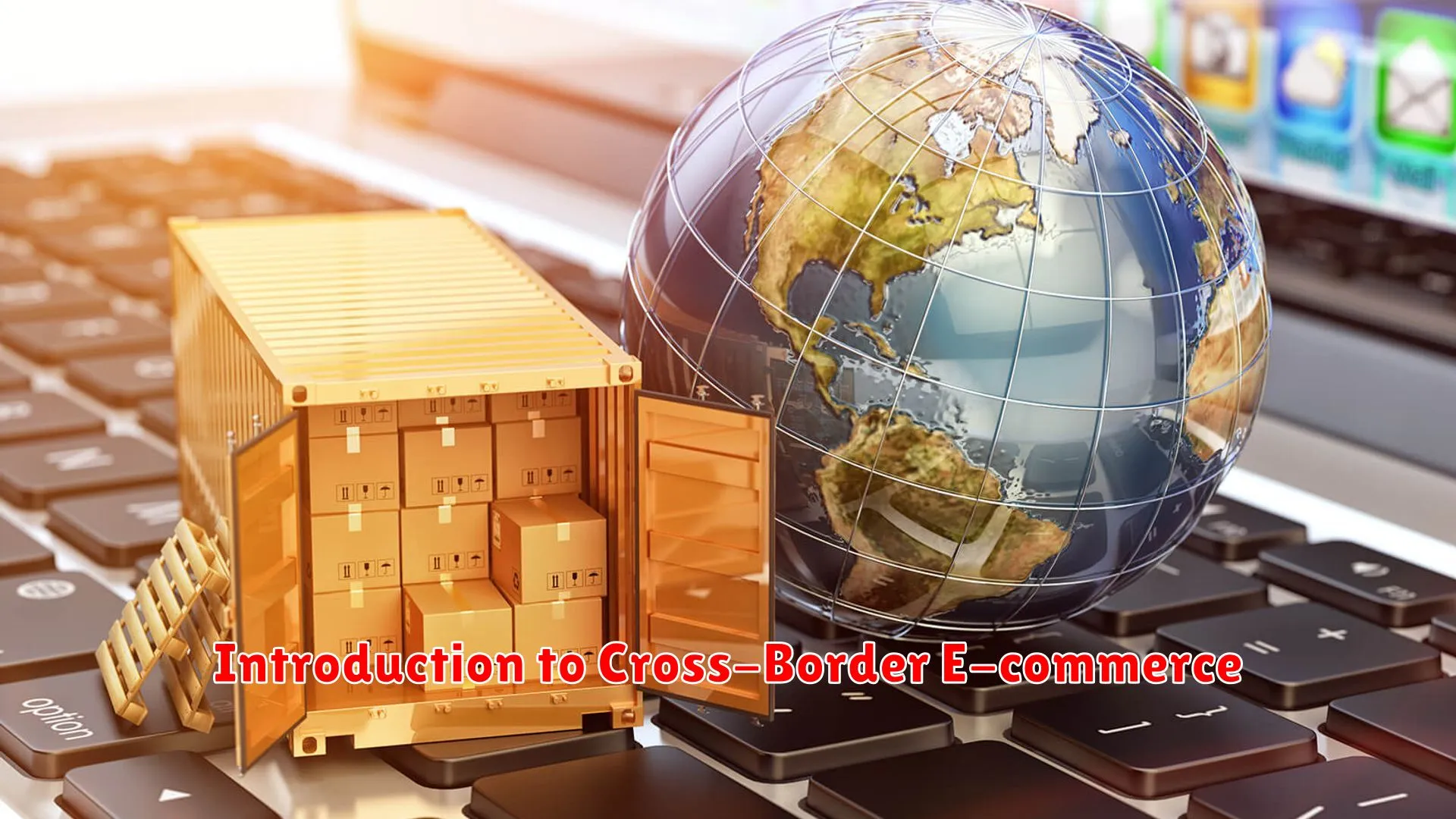
Cross-border e-commerce is a rapidly growing sector that allows businesses to expand their reach beyond domestic borders and cater to an international audience. In today’s interconnected world, leveraging cross-border e-commerce has become a strategic imperative for companies looking to tap into new markets and capitalize on global opportunities.
One of the key advantages of cross-border e-commerce is the ability to reach a wider customer base, which can lead to increased sales and profitability. By offering products or services to customers in different countries, businesses can diversify their revenue streams and reduce dependence on a single market.
However, expanding internationally through cross-border e-commerce comes with its own set of challenges, such as navigating complex regulations, managing logistics, and addressing cultural differences. It is essential for businesses to have a well-thought-out strategy in place to mitigate these challenges and ensure successful expansion.
This guide on navigating cross-border e-commerce aims to provide insights and practical tips for businesses looking to venture into international markets. From understanding market dynamics to optimizing marketing strategies for different regions, this guide will cover essential aspects to help businesses thrive in the global e-commerce landscape.
Legal and Regulatory Considerations

When expanding globally through cross-border e-commerce, businesses must consider a range of legal and regulatory aspects to ensure compliance with international laws and practices.
1. Customs and Import Regulations: Each country has its own customs and import regulations that dictate how goods can be brought into the country. It is essential for businesses to understand these regulations to avoid any potential legal issues or delays in shipping.
2. Taxation Laws: Tax laws vary from country to country, and businesses engaging in cross-border e-commerce need to be aware of the tax implications of selling goods internationally. This includes understanding VAT, sales tax, and other applicable taxes.
3. Data Privacy and Protection: Data privacy laws differ around the world, and businesses must ensure they are following the necessary protocols to protect customer data. Compliance with regulations like the GDPR in the EU is crucial for maintaining trust with international customers.
4. Consumer Protection Laws: Different countries have varying consumer protection laws that businesses must adhere to when selling products or services internationally. Understanding refund policies, warranties, and consumer rights in different regions is essential.
5. Intellectual Property Rights: Protecting intellectual property is crucial in cross-border e-commerce to prevent issues related to counterfeiting or infringement. Businesses should secure trademarks, copyrights, and patents in target markets to safeguard their brand and products.
Understanding Cultural and Language Differences

When expanding internationally through cross-border e-commerce, it is crucial to have a deep understanding of cultural and language differences. These factors play a significant role in the success of your business in a new market.
Cultural Awareness:
Each country has its own unique cultural norms, values, and customs. By being culturally sensitive, businesses can build trust with consumers in the new market. Consider factors such as gestures, etiquette, celebrations, and traditions when adapting your marketing strategies.
Language Barriers:
Language is a cornerstone of effective communication. Ensure that your website, product descriptions, customer service, and marketing materials are available in the local language. Utilizing professional translation services can help bridge the gap and provide a seamless customer experience.
Adaptation and Localization:
Adapting your products or services to cater to the preferences and needs of the target market is essential. Localization goes beyond translation and involves understanding local preferences, regulations, and market trends to tailor your offerings effectively.
Building Relationships:
Establishing strong relationships with local partners and influencers can help navigate cultural nuances and gain credibility in the new market. Collaborating with local businesses can provide insights into consumer behavior and preferences.
Continuous Learning and Flexibility:
International expansion requires continuous learning and flexibility. Stay open to feedback, adapt your strategies based on market responses, and be willing to make adjustments as needed to ensure sustainable growth and success.
Payment Methods and Currency Exchange
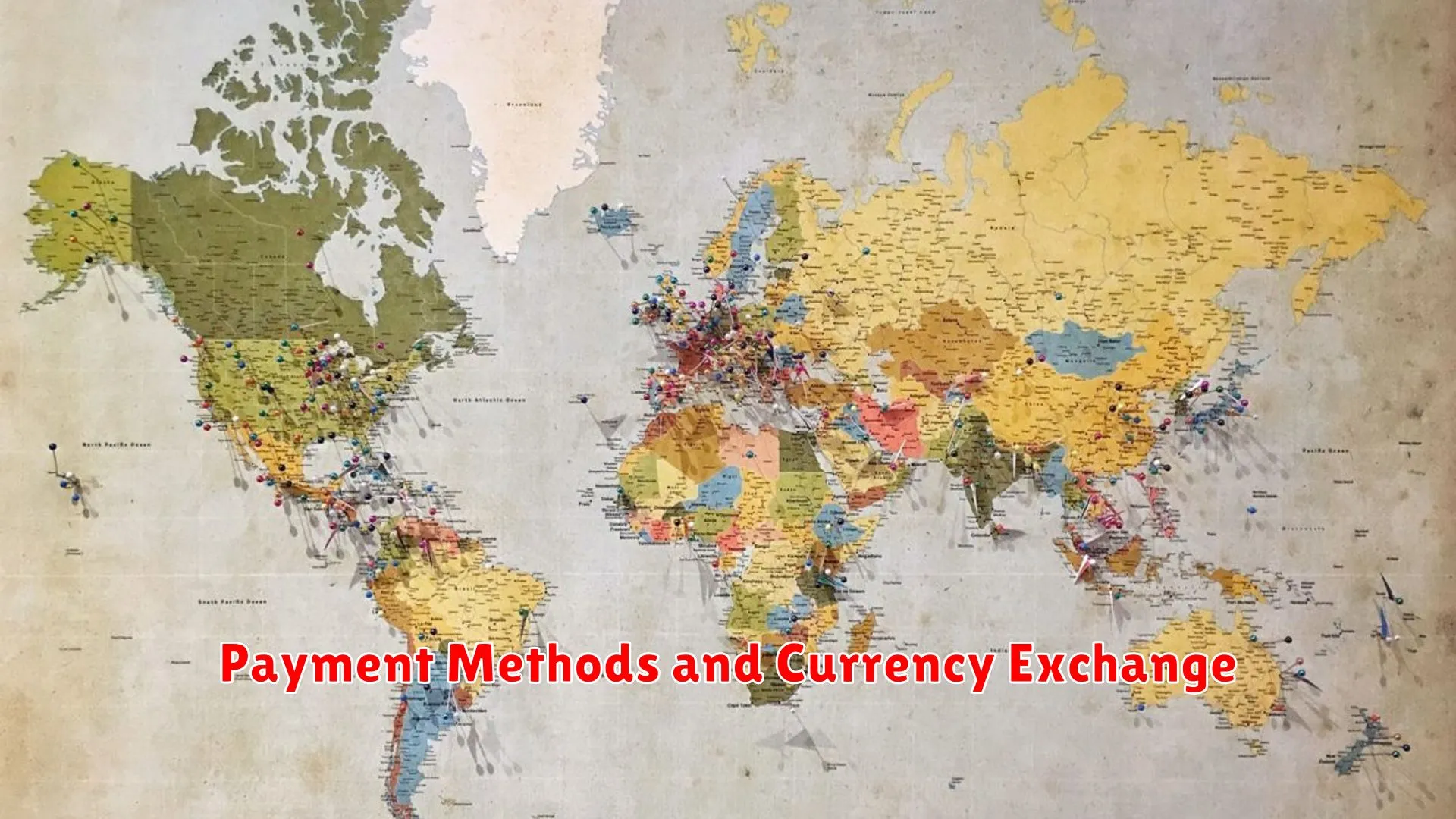
When expanding your business internationally through cross-border e-commerce, understanding payment methods and currency exchange is crucial for a seamless transaction process. Different regions may have preferences for specific payment options, so offering a variety of methods can attract more customers.
One common payment method in many countries is credit card payments, as they provide a convenient and secure way for customers to make purchases. Including popular credit card brands like Visa, Mastercard, and American Express can help expand your customer base.
Additionally, integrating digital wallets such as PayPal, Apple Pay, or Google Pay can cater to customers who prefer these alternative payment options. These platforms offer a fast and convenient way for customers to pay for their purchases, improving the overall shopping experience.
When dealing with international transactions, it’s essential to consider currency exchange. Displaying prices in multiple currencies or providing a currency converter tool on your website can help customers understand the costs better and make informed purchasing decisions.
Collaborating with a reputable currency exchange provider or partnering with a payment gateway that offers competitive exchange rates can ensure that both you and your customers are getting fair deals during transactions across different currencies.
Logistics and Shipping Challenges
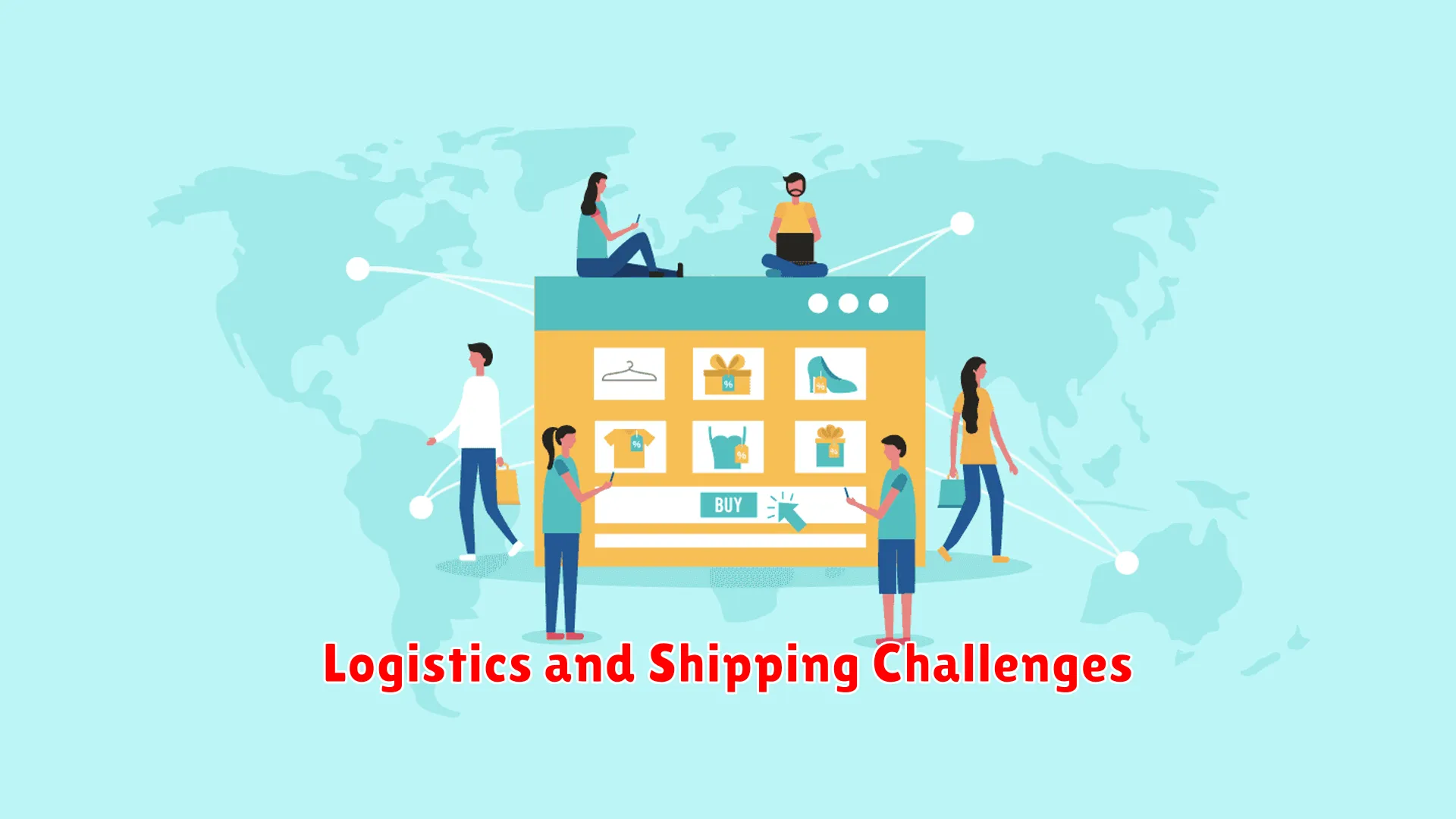
When expanding internationally through cross-border e-commerce, one of the significant hurdles that businesses often face is navigating through logistics and shipping challenges. These challenges can vary depending on the countries involved, transportation modes, regulations, and distance.
1. Customs and Regulations: Understanding and complying with the customs laws and regulations of different countries is crucial to ensure smooth shipping processes. This includes knowing import/export duties, restrictions, and documentation requirements.
2. Shipping Costs: Calculating accurate shipping costs for international orders can be complex due to variables like distance, weight, and delivery speed. Finding cost-effective shipping solutions without compromising on service quality is essential.
3. Delivery Times: International shipping often involves longer delivery times compared to domestic deliveries. Managing customer expectations and providing transparent estimated delivery times can help mitigate dissatisfaction.
4. Inventory Management: Efficient inventory management is critical when selling across borders. Maintaining optimal stock levels, considering lead times, and identifying reliable suppliers are key factors in meeting demand in various markets.
5. Returns and Customer Service: Dealing with returns from international customers can pose challenges in terms of costs and processes. Providing excellent customer service, clear return policies, and hassle-free return processes are vital for customer satisfaction.
By addressing these logistics and shipping challenges strategically, businesses can overcome barriers and successfully expand their e-commerce operations internationally. It’s crucial to continuously adapt and optimize logistical processes to ensure a seamless cross-border shopping experience for customers.
Marketing Strategies for Global Audiences

When expanding internationally through cross-border e-commerce, it’s crucial to tailor your marketing strategies to effectively reach global audiences. Here are some key considerations to help you navigate this process:
1. Understand Cultural Differences
One of the first steps in marketing to global audiences is to recognize and respect cultural differences. Pay attention to language nuances, customs, values, and traditions of the countries you are targeting. This will help you create marketing campaigns that resonate with your audience on a deeper level.
2. Localization is Key
Localization involves adapting your marketing content to suit the preferences and behaviors of your target market. This includes translating your website, product descriptions, and marketing materials into the local language, as well as using local currency, measurements, and imagery that are relevant to the target audience.
3. Leverage Social Media Platforms
Social media is a powerful tool for reaching global audiences. Utilize popular platforms in different regions to connect with consumers, build brand awareness, and engage with your audience. Tailor your content to each platform and consider using influencers or local ambassadors to increase your reach.
4. Implement International SEO Strategies
Optimizing your website for international search engines is essential for reaching a global audience. Research keywords and phrases relevant to your target markets and incorporate them strategically into your website content. This will help improve your visibility and attract organic traffic from different regions.
5. Offer Multilingual Customer Support
Providing excellent customer support in multiple languages is key to building trust with global customers. Make sure your customer service team is equipped to assist customers in their preferred language through various channels such as live chat, email, and phone support.
By implementing these marketing strategies tailored to global audiences, you can successfully navigate the complexities of cross-border e-commerce and expand your business internationally.
Case Studies: Successful International E-commerce Brands

In the realm of cross-border e-commerce, looking at successful international brands can provide valuable insights for companies looking to expand globally. Here are a few case studies of renowned e-commerce brands that have excelled in international markets:
Amazon
Amazon has undoubtedly set the gold standard for global e-commerce. With a focus on customer-centric strategies, diverse product offerings, and seamless logistics, Amazon has successfully expanded its operations to numerous countries worldwide. Their localized approach, such as offering websites in local languages and tailoring promotions to specific regions, has been a key factor in their international success.
Alibaba
Alibaba is a prime example of a successful Chinese e-commerce giant that has made significant strides in international markets. By connecting Chinese manufacturers with global consumers through platforms like AliExpress, Alibaba has revolutionized cross-border trade. Their emphasis on fostering trust between buyers and sellers, along with providing secure payment solutions, has propelled them to become a dominant player in the international e-commerce landscape.
Zara
Zara, a Spanish fashion retailer, has also made waves in the global e-commerce arena. Known for its fast fashion and efficient supply chain, Zara has expanded its online presence to cater to customers worldwide. By leveraging data analytics to understand consumer preferences in different regions and swiftly adapting their inventory and marketing strategies, Zara has successfully navigated the challenges of international e-commerce.
Studying the strategies and successes of these international e-commerce brands can offer valuable lessons for companies planning to venture into cross-border trade. By understanding the nuances of diverse markets, prioritizing customer experience, and implementing agile strategies, businesses can pave the way for successful international expansion.
Conclusion: Tips for a Smooth Global Expansion
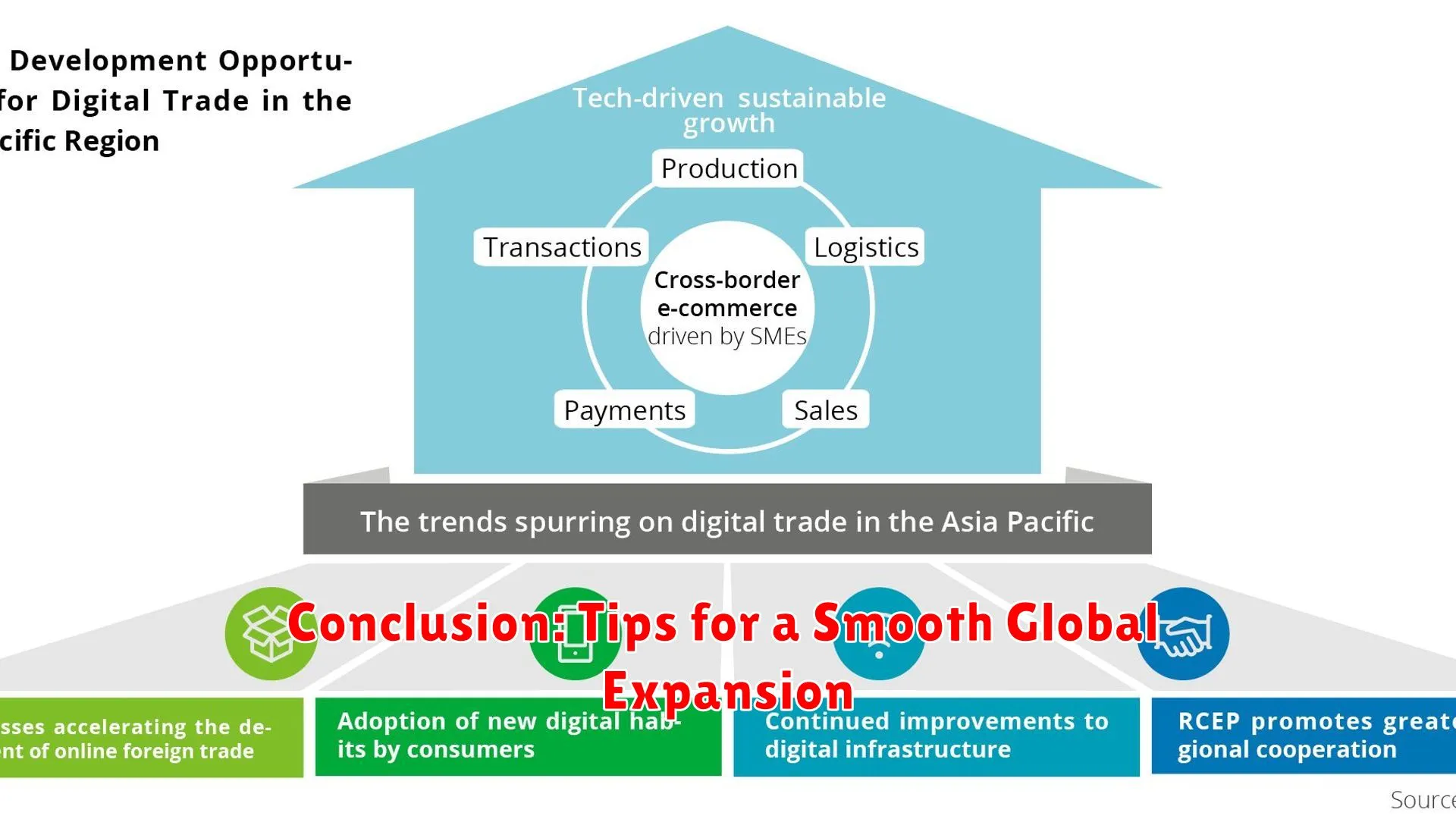
As you navigate cross-border e-commerce and plan your international expansion, it is crucial to consider certain tips to ensure a smooth process. Expanding globally can be complex, but with the right strategies in place, you can set your business up for success in new markets.
1. Understand Local Regulations and Culture
Before entering a new market, ensure you are well-versed with the local regulations governing e-commerce and business operations. Understanding the cultural nuances and preferences of your target audience can also help tailor your offerings effectively.
2. Localize Your Website and Marketing
Adapting your website and marketing materials to the local language and customs can significantly impact your success in a new region. Tailoring your content to resonate with local consumers builds trust and credibility.
3. Invest in Logistics and Customer Service
Efficient logistics and reliable customer service are essential for international expansion. Consider partnering with local logistics providers and offering multilingual customer support to enhance the overall shopping experience.
4. Utilize Data and Analytics
Utilize data analytics tools to track performance metrics, understand consumer behavior, and optimize your marketing strategies. Data-driven decision-making can guide your expansion efforts and help you identify growth opportunities.
5. Build Strong Partnerships
Collaborating with local partners, influencers, and organizations can help you establish a strong foothold in a new market. Leveraging existing networks and relationships can accelerate your expansion and drive brand awareness.
Conclusion
Expanding internationally through cross-border e-commerce requires strategic planning, understanding regulations, and optimizing logistics for successful global growth.

